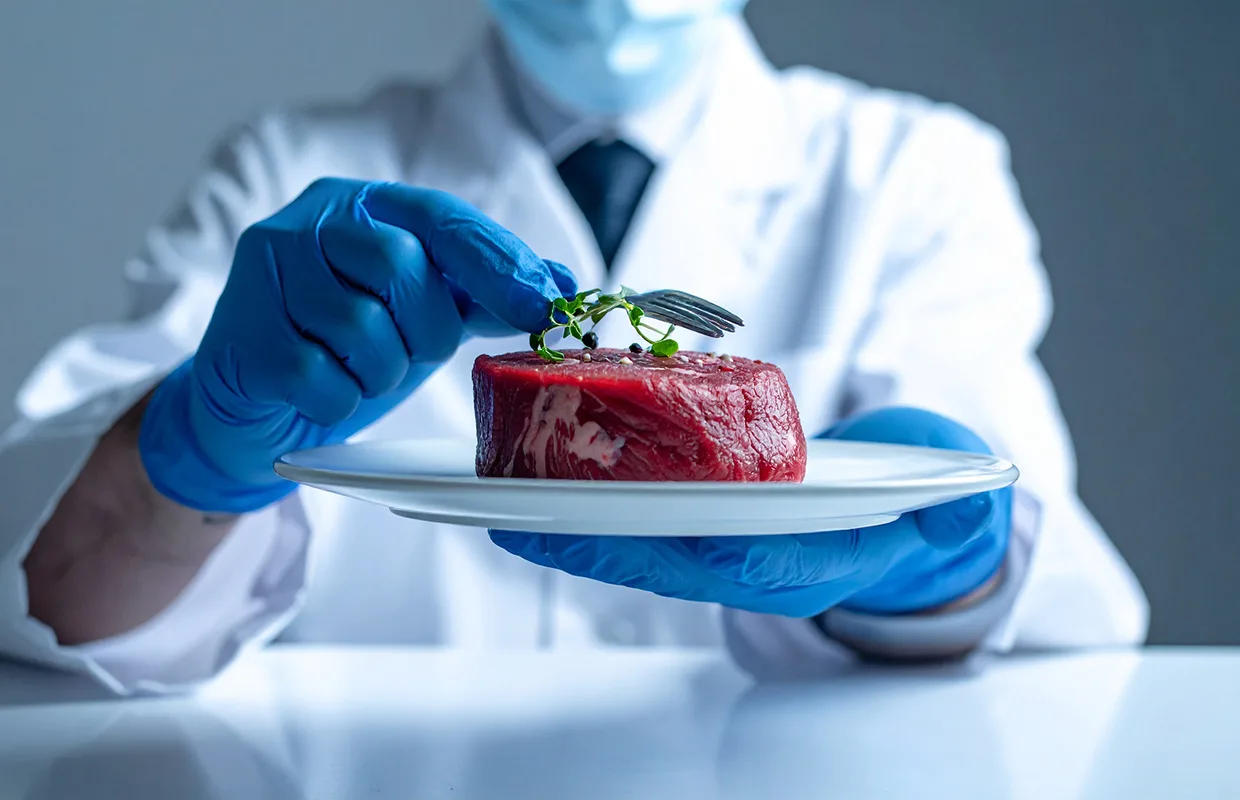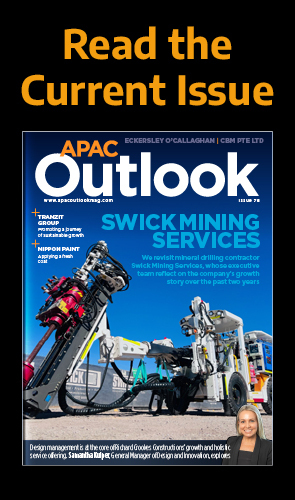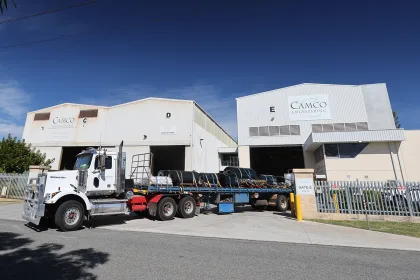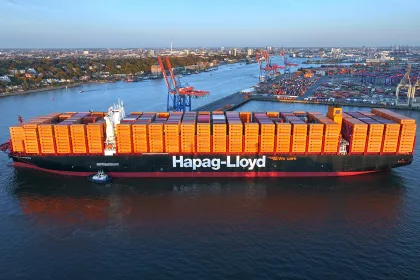The production and consumption of synthetic food and lab-grown is increasing at a rapid pace across Asia Pacific. Patrick Niall, Global Creative Director at forpeople, explores how novel foods are changing the region’s food and beverage tradition.
DESIGNING ASIA PACIFIC’S NOVEL FOOD REVOLUTION
Tomorrow’s dinner might be just as likely to come from a lab as from a farm field. Across the Asia Pacific (APAC) region, we are seeing lab-grown meat and fermentation-derived dairy gain momentum as viable foods on our plates.
The promise behind novel foods is, of course, enormous: the sector will enable a major reduction in greenhouse gas (GHG) emissions, improve health and food security, and ultimately reduce land and water use.
Yet turning that tantalising promise into a mealtime staple is not just a technological difficulty, but a cultural and branding challenge.
How can we make a steak born in a lab feel as loved as a classic local dish? The answer, I believe, lies in blending those marvels of technological innovation with thoughtful, human-centric design and storytelling to act as a bridge of understanding and emotional connection between cutting-edge science and the everyday family dinner table.
A NEW DAWN FOR FUTURE FOODS
APAC is becoming the driving force of the global food revolution. Home to over half the world’s population and some of the fastest-growing economies, the region’s influence on food trends is deeply historic and immense.
APAC is therefore culturally, geographically, and nutritionally diverse, with varying dietary expectations. Each country in the region also provides unique challenges and opportunities in food innovation.
For example, Australia’s ecology suffers from cattle ranching, whilst Singapore has little arable land and is heavily reliant on both food imports and technological innovation to thrive.
As such, investment in alternative proteins in these areas has skyrocketed in recent years. Singapore made history by green-lighting a lab-grown chicken nugget (produced by US-based Eat Just’s GOOD Meat division) in a local restaurant. Australia, meanwhile, became one of the first countries to approve a cultivated meat product in the form of a cell-cultured quail developed by Sydney start-up Vow.
For APAC, food innovation isn’t just a trend, it’s a strategic need. With the growth of the middle classes, the region faces surging protein demand, all whilst balancing climate and food security concerns.
Alternative proteins therefore offer a solution, and APAC governments and corporations are racing to not fall behind. China’s leadership, for instance, has placed cultivated meat and fermentation-based protein into its national policy plans.
South Korea, meanwhile, is investing heavily in infrastructure, building a government-backed cell culture FoodTech centre to accelerate scale-up, and laying the regulatory groundwork.

OVERCOMING THE CULTURAL CHALLENGE
The region’s rich food culture and history mean that, to succeed, any new products must win hearts and stomachs.
It is worth remembering that food across the region is not just sustenance; it is deeply entwined with heritage, symbolism, and ritual. From the dumplings eaten at Lunar New Year to signify reunion and prosperity, to Japanese osechi ryōri dishes marking good fortune, or mooncakes that celebrate unity and remembrance, meanings are, literally, baked into every bite.
Consumers won’t embrace high-tech cuisine if it feels alien, non-appreciative of history, or tastes inferior. Solving the technical side – better recipes and more efficient production – is part of it, but equally it is about how we position and present these foods.
This is where understanding local tastes and traditions is crucial, from sweeter cheeses to more flavoursome meats.
DESIGN IS THE SECRET INGREDIENT FOR ACCEPTANCE
To bridge the gap between cutting-edge science and age-old food traditions, design and branding are a powerful secret ingredient: our emotional connection to food is based not just on what is on the plate but the memories and histories which are baked in over thousands of years of food culture.
Leading start-ups and their creative partners are paying close attention to everything from product naming to packaging, visuals, and the narratives around these foods. We need to tell the story of lab-grown products through the language of appetite, history, and emotion.
In practice, this means rebranding the very concept of synthetic food to be appetising. Even the terminology is carefully chosen – advocates avoid the term ‘lab-grown’ in favour of ‘cultivated’ meat, which consumers find more appealing.
The APAC region is so linguistically diverse, that getting that terminology correct will involve skilfully navigating almost 3,000 languages.
Packaging provides one of the richest formats to tell these stories, enabling brands to normalise a new era of food products, whether that is leaning into heritage and continuity with the food codes people feel comfortable with, or redefining what audiences expect through bold and unconventional expressions.
There’s no one-size-fits-all creative strategy – the key to success is understanding and appreciating local cultural nuances from the laid-back traditionalism of Beijing, China to the avant garde sci-fi culture of Seoul, South Korea – it’s about a balance of reassurance and inspiration.
One recent example of this fusion of craft, culture, and science is the collaboration between UK-based Hoxton Farms and Japan’s Mitsui Chemicals, which is looking at how cultivated fat – designed in London – can bring new authenticity to traditional Japanese dishes. The partnership shows how texture and mouthfeel are as important as taste, especially in a cuisine that prizes subtlety and balance.
Ultimately, design is doing the crucial work of normalisation and aspiration. By making the unfamiliar look and feel comfortably familiar, design turns novel proteins from an abstract concept into a tangible dinner option one can imagine serving to family or customers.
It’s a holistic effort, including branding, messaging, and culinary design, all aimed at one goal: making the sustainable choice the desirable choice.
OPPORTUNITIES AND OUTLOOK
For APAC’s business leaders, the rise of synthetic food is, on the one hand, a disruption, but also a USD$5 trillion opportunity to rebuild an out-of-date and broken food system.
Traditional food producers may face an inevitable ‘innovate or lose’ moment as challenger brands capture consumers’ imagination with bold stories around flavour, culture, and sustainability. However, larger forward-thinking companies can ride this wave and even shape it, partnering with early leaders in the US, Europe, and APAC’s own vibrant start-up ecosystem.
Crucially, APAC’s C-suite executives should recognise that succeeding in this sector requires a blend of science and brand knowledge, using great products and crafting a narrative that resonates with cultural and consumer values and tastes.
For example, China’s electric vehicle (EV) revolution has written the rulebook for future food adoption. A combination of imagination, experience, design, cooperation, and incentives has accelerated adoption and powered the country to be a world leader in a new industry.
An optimistic outlook is warranted. As challenges like cost and scale are gradually solved, alternative proteins will take a larger bite of the multi-billion-dollar APAC protein market.
The sustainability pressures – from climate change to supply chain vulnerabilities – aren’t going away, and governments in the region are signalling that novel foods will be part of the solution. In short, synthetic food in APAC is moving from novelty to necessity.
THE ROAD AHEAD
The coming years will be pivotal in determining how deeply these novel foods root themselves in APAC’s food systems and cultures.
There is a sense of urgency, with food security to climate experts noting we have only a few years to make major emissions cuts; transforming how we produce food is one of the most impactful levers we have to support both these goals.
APAC, as both a huge consumer base and a powerful innovation hub, will be at the centre of this transformation. Policymakers, scientists, entrepreneurs, and designers are all collectively working towards turning futuristic foods into everyday fare.
If they succeed, the payoff is game-changing: a more secure food supply for the globe, new industries and jobs, a far gentler footprint on our planet, and even increased health and enjoyment of foods.
Future generations might well look back and see that changing the world’s diet wasn’t about convincing people to give up what they love – it was about reimagining those very foods in smarter, more sustainable, and irresistible ways.






































